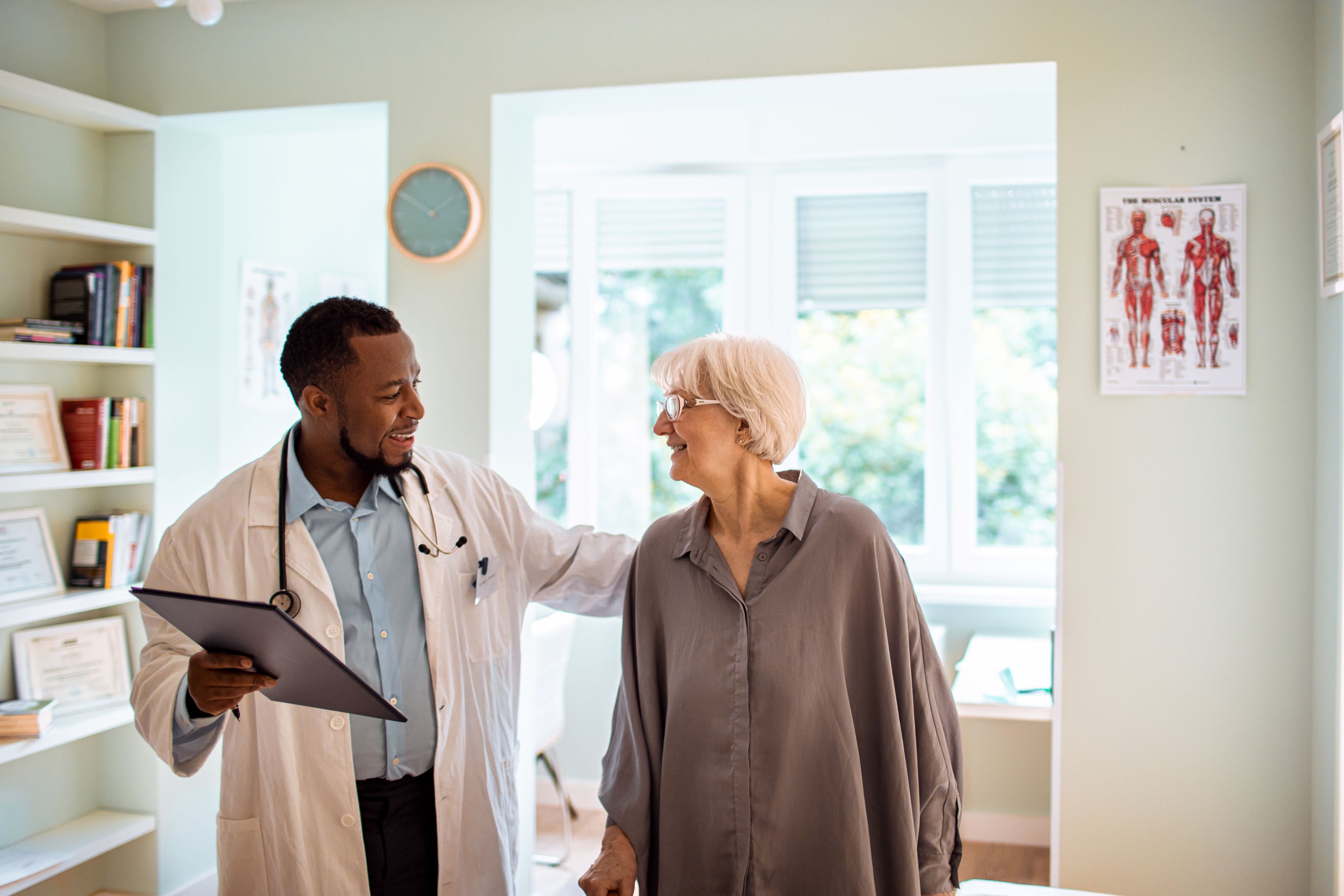How Much Can You Contribute to a SEP IRA for 2020?
The maximum SEP IRA contribution is higher for 2020 than it was for 2019.

Self-employed workers and small-business owners who want an easy and inexpensive retirement plan should consider a Simplified Employee Pension IRA, or SEP IRA for short. Savers are also allowed to stash away more for retirement with a SEP IRA when compared to an employer-sponsored 401(k) plan.
>>For more 2020 tax changes, see Tax Changes and Key Amounts for the 2020 Tax Year.<<
SEP IRA Contribution Limits for 2020
For 2020, a self-employed business owner effectively can salt away as much as 20% of his or her net income in a SEP IRA, not to exceed the maximum contribution limit of $57,000. (That's up from the maximum in 2019.) In comparison, a traditional IRA limits contributions to $6,000 for 2020 for those younger than 50, or $7,000 for those 50 or older thanks to a $1,000 "catch-up" contribution.
From just $107.88 $24.99 for Kiplinger Personal Finance
Become a smarter, better informed investor. Subscribe from just $107.88 $24.99, plus get up to 4 Special Issues

Sign up for Kiplinger’s Free Newsletters
Profit and prosper with the best of expert advice on investing, taxes, retirement, personal finance and more - straight to your e-mail.
Profit and prosper with the best of expert advice - straight to your e-mail.
SEP IRAs are available for a variety of small-business types, including sole proprietorships, partnerships, limited liability companies, S corporations and C corporations. The plans can be an especially attractive option for a small business with few employees, says Brad Ronsley, a certified financial planner in Glen Ellyn, Ill.
There's a twist, however, when it comes to SEP IRAs. Unlike some other retirement plans, a SEP IRA allows only the employer to contribute. And whatever percentage of compensation employers set aside in the plan for themselves is the same percentage of pay they must contribute for each eligible employee.
To be eligible to participate in an employer's SEP IRA, employees must be at least 21 years old, have worked at the business for three of the past five years and have earned at least $600 from the job in the past year.
SEP IRAs vs. Traditional IRAs
SEP IRAs follow many of the same rules as traditional IRAs. You generally must be at least 59 1/2 to take withdrawals from the account without paying a 10% penalty.
And once you turn age 72, you will have to start taking required minimum distributions (RMDs). You have until April 1 of the year after you turn 72 to take your first required minimum distribution, but after that you must take RMDs by Dec. 31 of each year (even if you took your first RMD on April 1 of that same year).
Since employers make the contributions, not employees, catch-up contributions for retirement savers 50 and over are not permitted in SEP IRAs.
A SEP IRA is easy to open and widely available at financial institutions that offer individual retirement accounts. A business owner must first complete an application with a brokerage or investment company such as Fidelity, Vanguard or Charles Schwab, says Todd Youngdahl, a certified financial planner in Falls Church, Va. This type of account allows business owners to develop an investment strategy and portfolio with many choices for investments, including mutual funds, exchange-traded funds and individual stocks, at little operational cost, he says.
"In most cases, there is no set-up fee for a SEP IRA and no annual custodial or maintenance fee," Youngdahl says.
A SEP IRA would be a good option for someone with a side gig outside of his or her regular job, says Mark Beaver, a CFP in Dublin, Ohio. It would allow the worker to contribute fully to his or her employer's 401(k) and use the SEP IRA for self-employment income, Beaver says.
Profit and prosper with the best of Kiplinger's advice on investing, taxes, retirement, personal finance and much more. Delivered daily. Enter your email in the box and click Sign Me Up.
-
 Stocks Extend Losing Streak After Fed Minutes: Stock Market Today
Stocks Extend Losing Streak After Fed Minutes: Stock Market TodayThe Santa Claus Rally is officially at risk after the S&P 500's third straight loss.
-
 What Bilt Cardholders Need to Know as Wells Fargo Exits the Program
What Bilt Cardholders Need to Know as Wells Fargo Exits the ProgramA major shake-up in the Bilt Rewards program could affect your credit card, rent rewards and points strategy heading into 2026.
-
 3 Major Changes to the Charitable Deduction in 2026
3 Major Changes to the Charitable Deduction in 2026Tax Breaks About 144 million Americans might qualify for the 2026 universal charity deduction, while high earners face new IRS limits. Here's what to know.
-
 457 Plan Contribution Limits for 2026
457 Plan Contribution Limits for 2026Retirement plans There are higher 457 plan contribution limits in 2026. That's good news for state and local government employees.
-
 Medicare Basics: 12 Things You Need to Know
Medicare Basics: 12 Things You Need to KnowMedicare There's Medicare Part A, Part B, Part D, Medigap plans, Medicare Advantage plans and so on. We sort out the confusion about signing up for Medicare — and much more.
-
 The Seven Worst Assets to Leave Your Kids or Grandkids
The Seven Worst Assets to Leave Your Kids or Grandkidsinheritance Leaving these assets to your loved ones may be more trouble than it’s worth. Here's how to avoid adding to their grief after you're gone.
-
 SEP IRA Contribution Limits for 2026
SEP IRA Contribution Limits for 2026SEP IRA A good option for small business owners, SEP IRAs allow individual annual contributions of as much as $70,000 in 2025, and up to $72,000 in 2026.
-
 Roth IRA Contribution Limits for 2026
Roth IRA Contribution Limits for 2026Roth IRAs Roth IRAs allow you to save for retirement with after-tax dollars while you're working, and then withdraw those contributions and earnings tax-free when you retire. Here's a look at 2026 limits and income-based phaseouts.
-
 SIMPLE IRA Contribution Limits for 2026
SIMPLE IRA Contribution Limits for 2026simple IRA For 2026, the SIMPLE IRA contribution limit rises to $17,000, with a $4,000 catch-up for those 50 and over, totaling $21,000.
-
 457 Contribution Limits for 2024
457 Contribution Limits for 2024retirement plans State and local government workers can contribute more to their 457 plans in 2024 than in 2023.
-
 Roth 401(k) Contribution Limits for 2026
Roth 401(k) Contribution Limits for 2026retirement plans The Roth 401(k) contribution limit for 2026 has increased, and workers who are 50 and older can save even more.